Between 1885 and 1915, the village of Giverny attracted more than 350 artists (Americans accounted for the majority) from at least eighteen countries around the world (including Argentina, Australia, Canada, Great Britain and Poland) - transforming from a sleepy community to a vibrant and important Artists' Colony.
The presence of master Claude Monet (known to the American artists through both Parisian and American exhibitions), who settled in the village in 1883, attracted a small band of artists, including Theodore Robinson, Willard Metcalf, Louis Ritter, Theodore Wendel and John Leslie Breck.
 |
| John Leslie Breck | Garden at Giverny, 1887-91 |


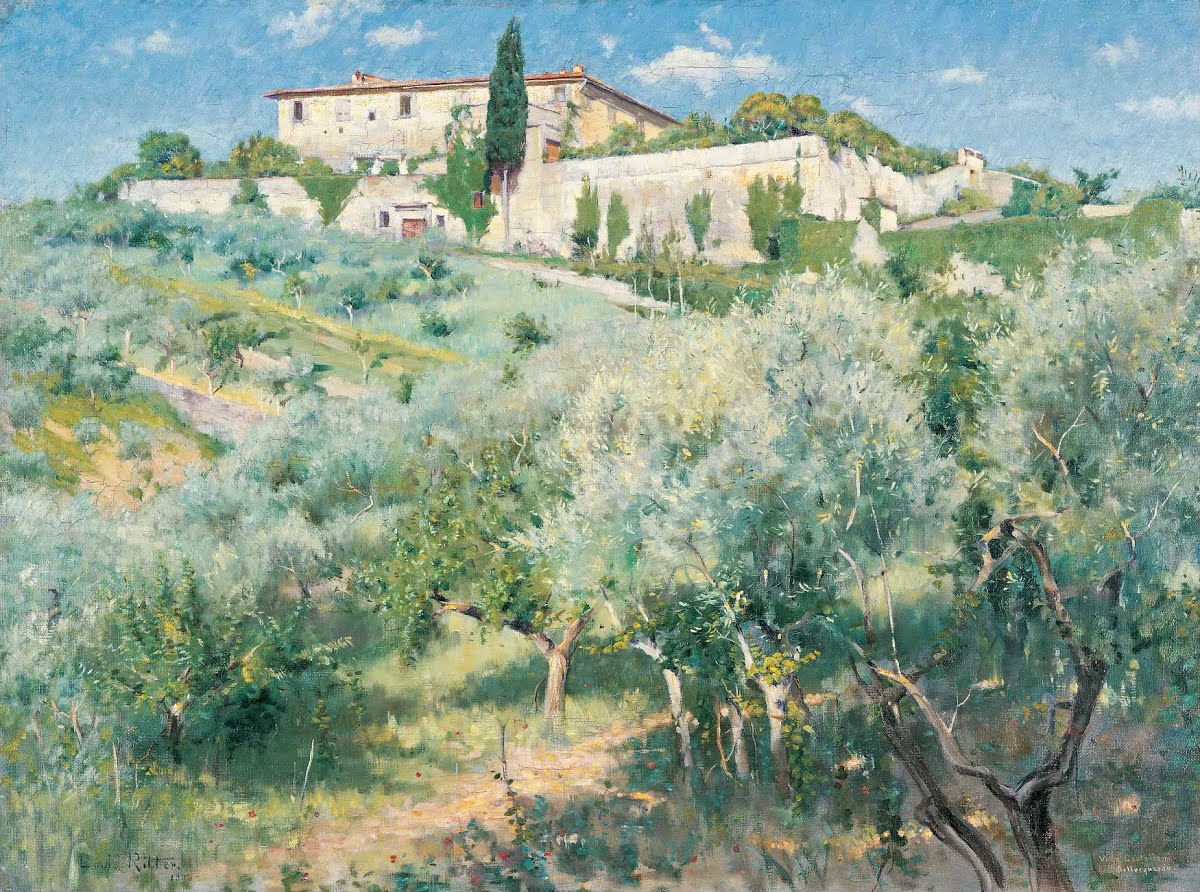

.jpg)
.jpg)


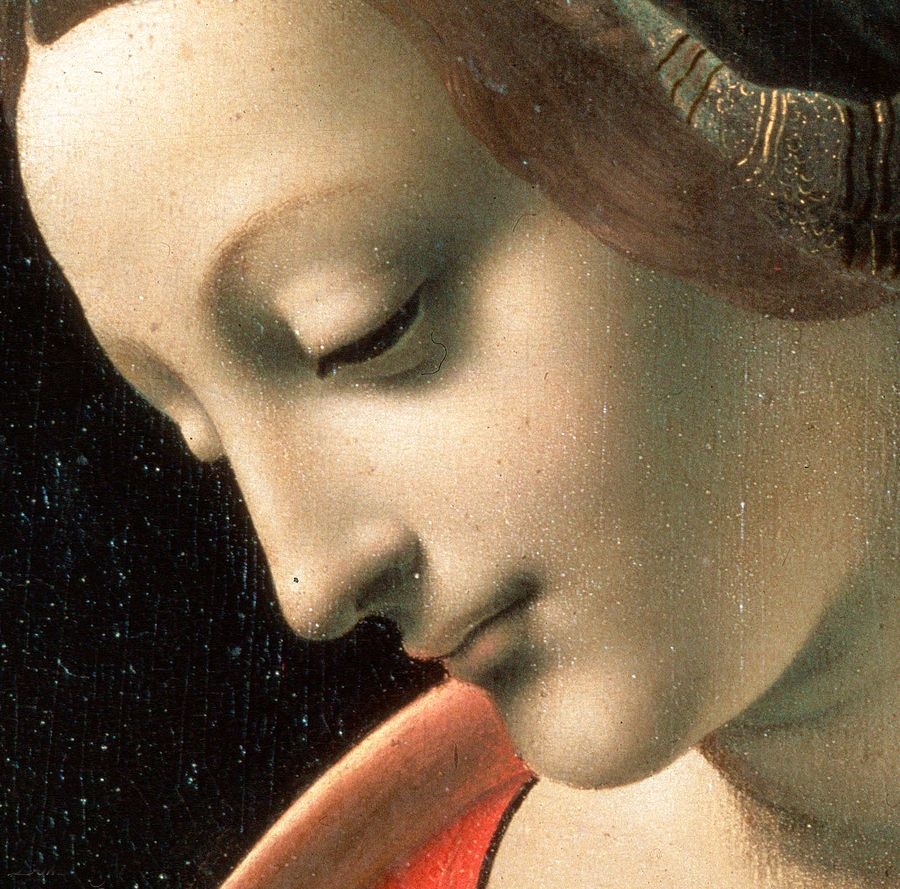











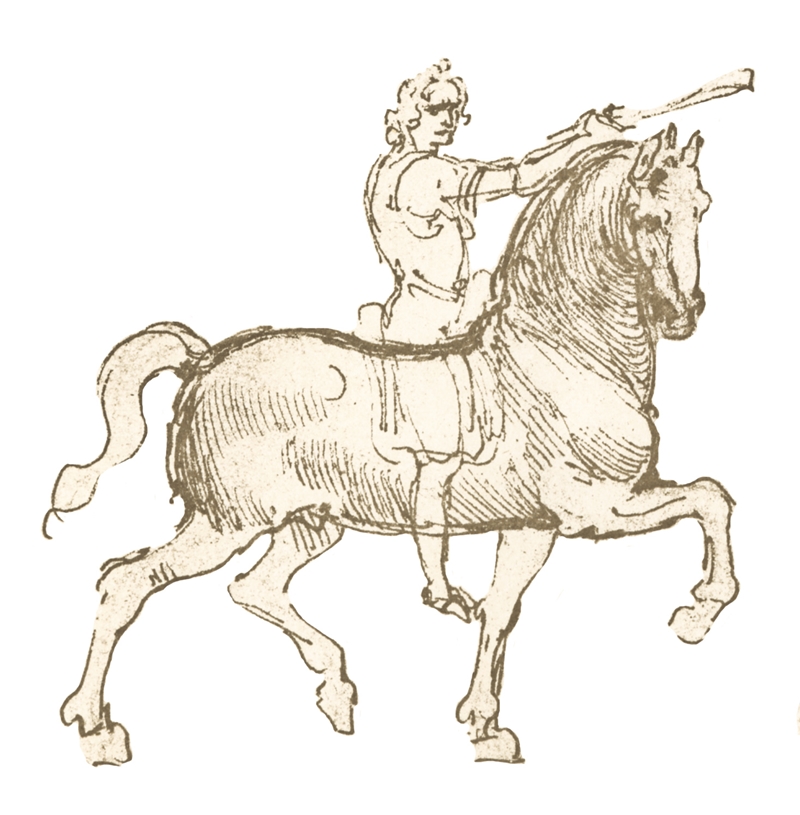















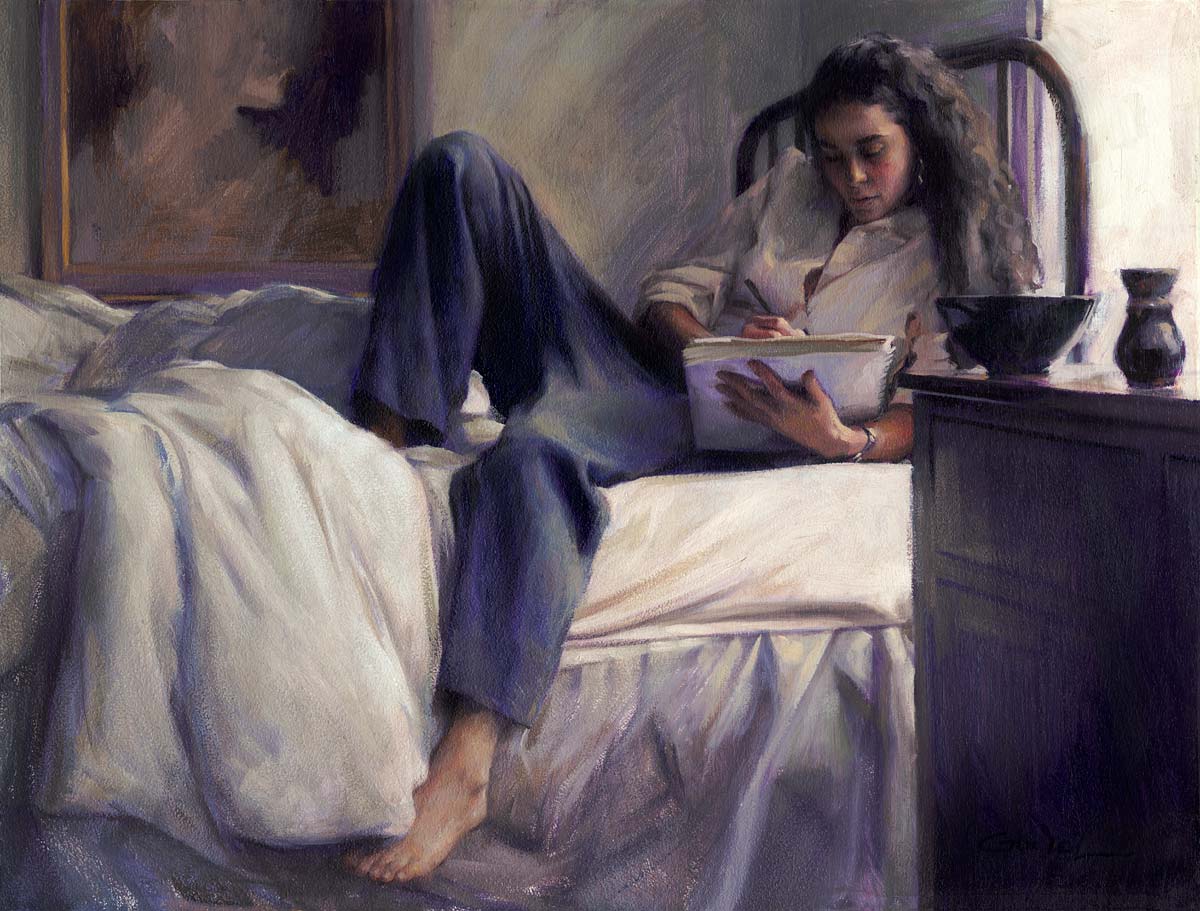

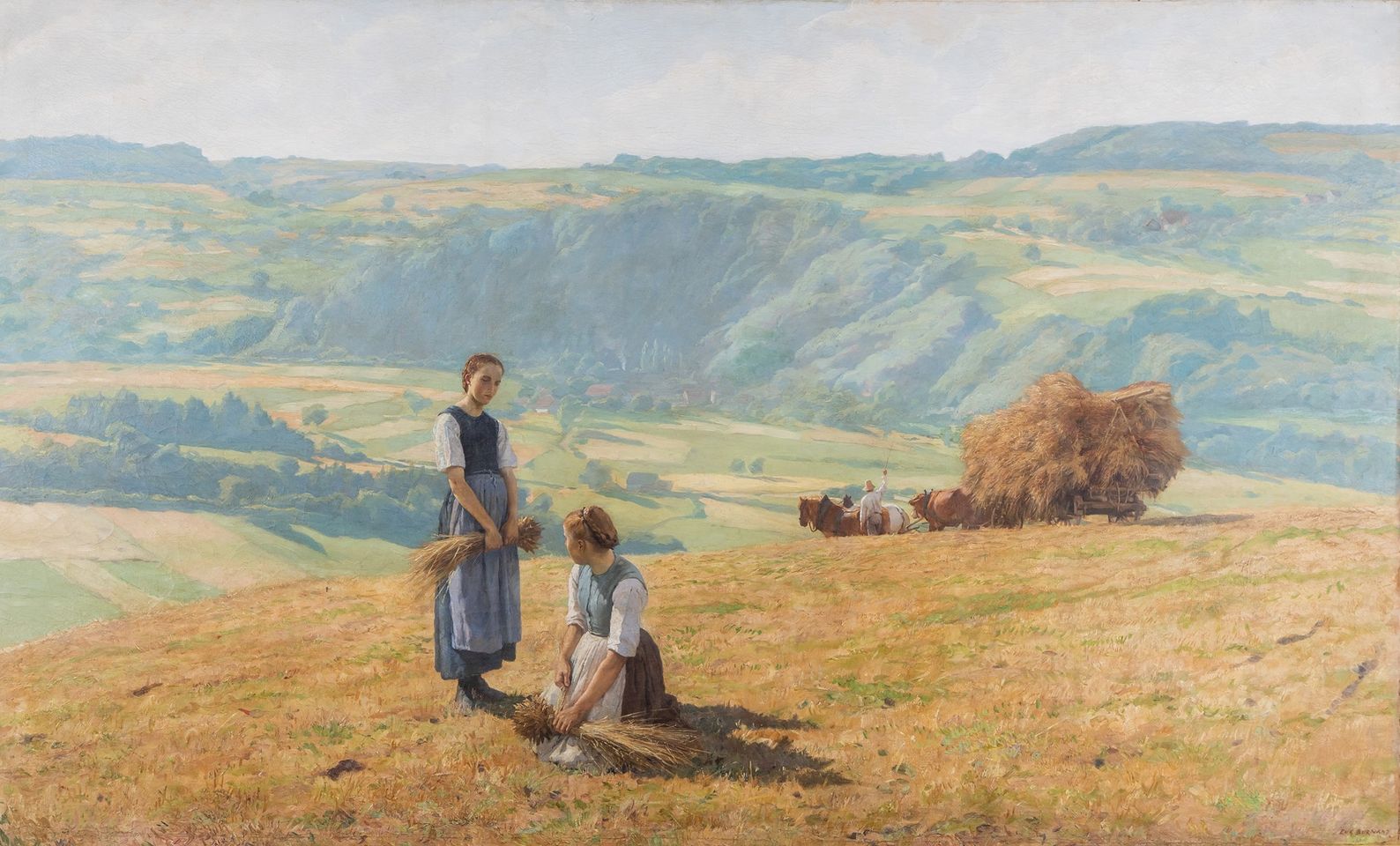











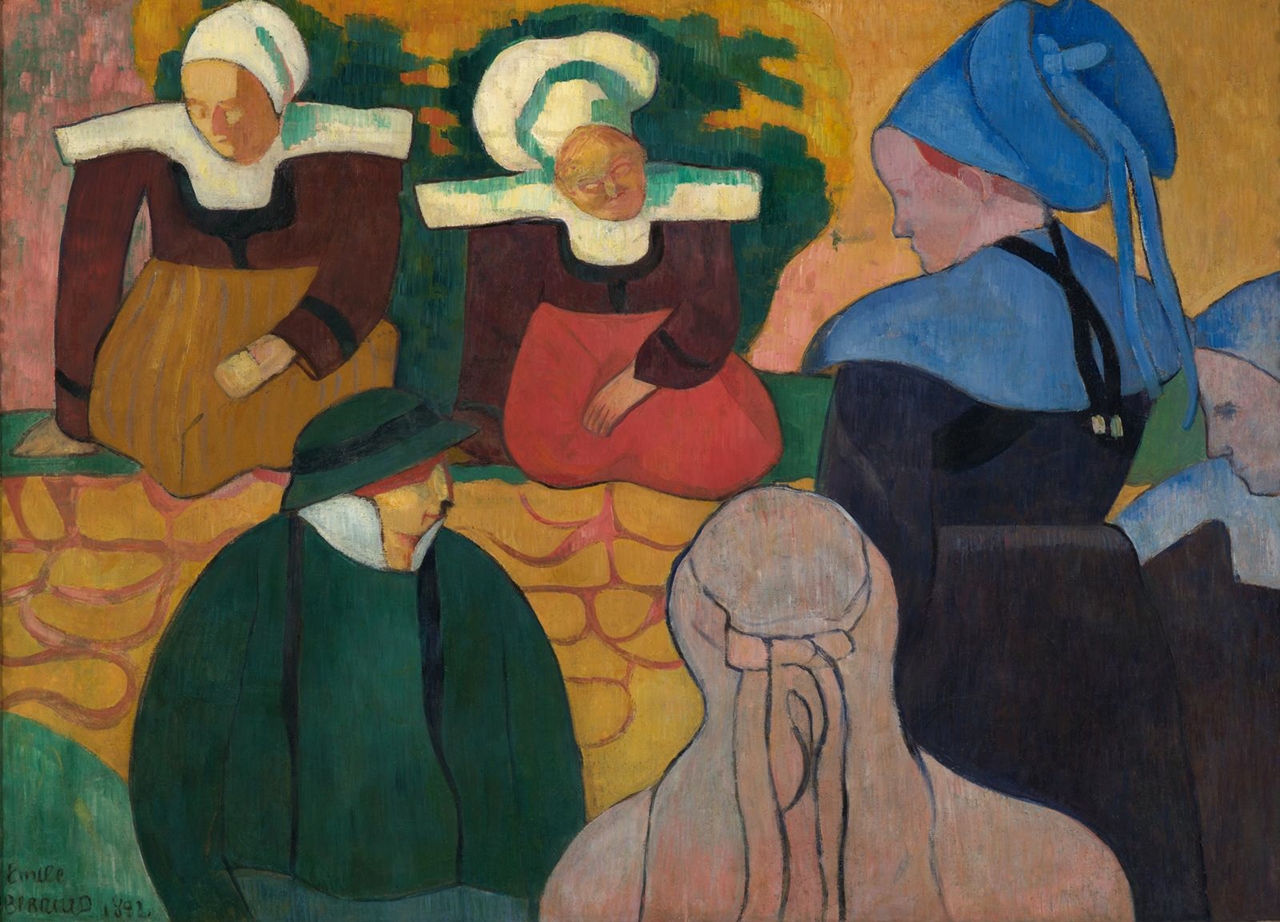
















.jpg)
.jpg)























